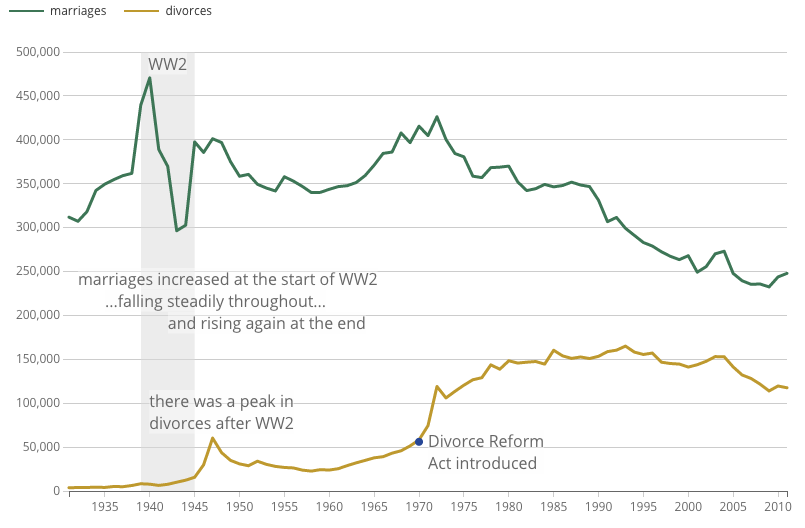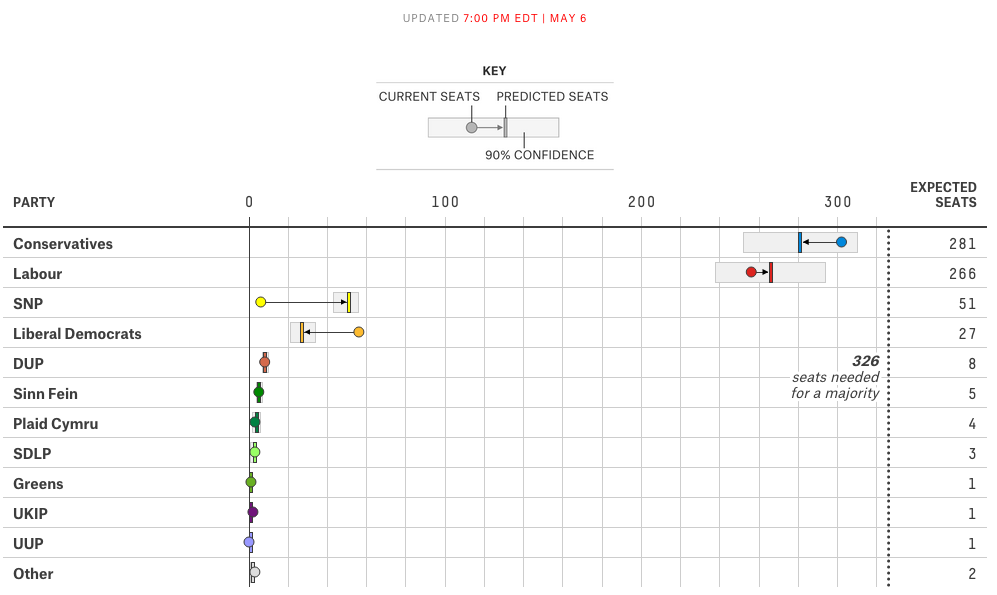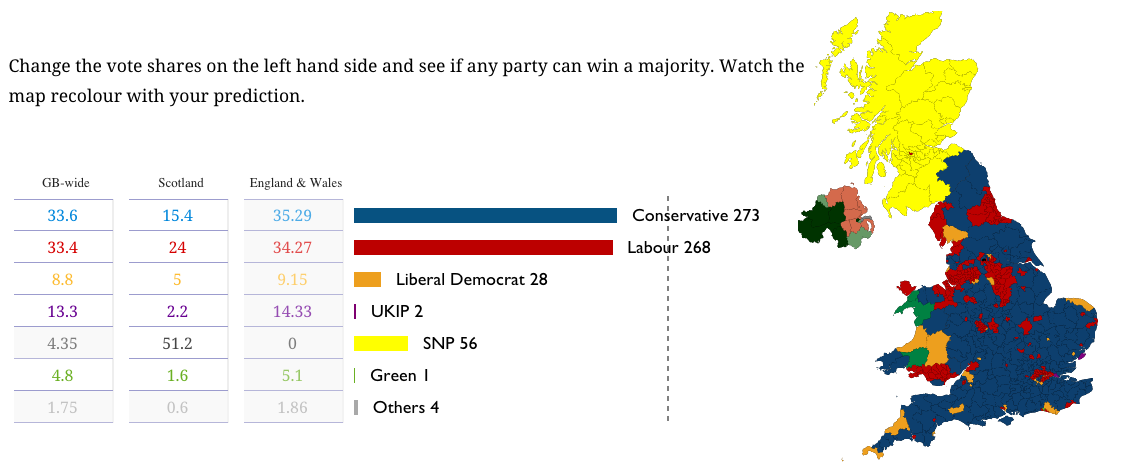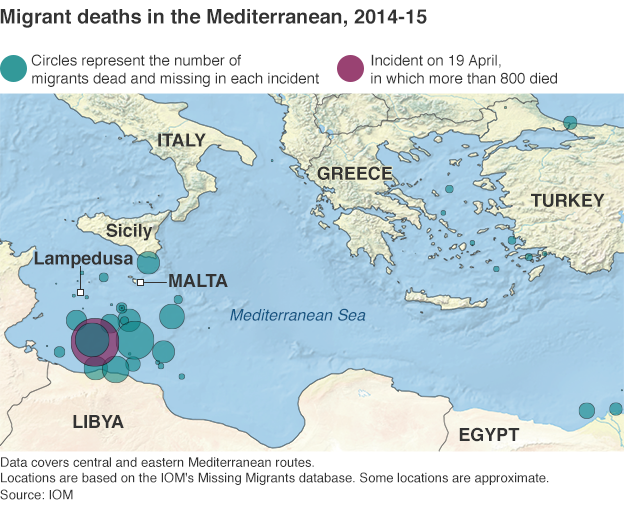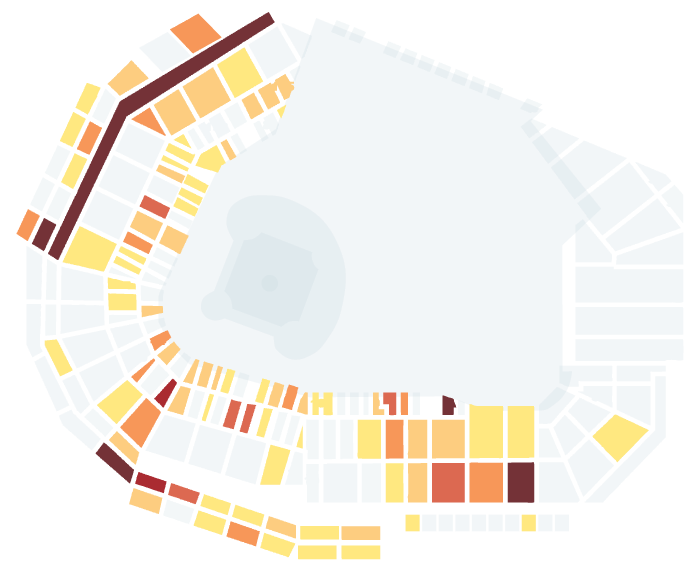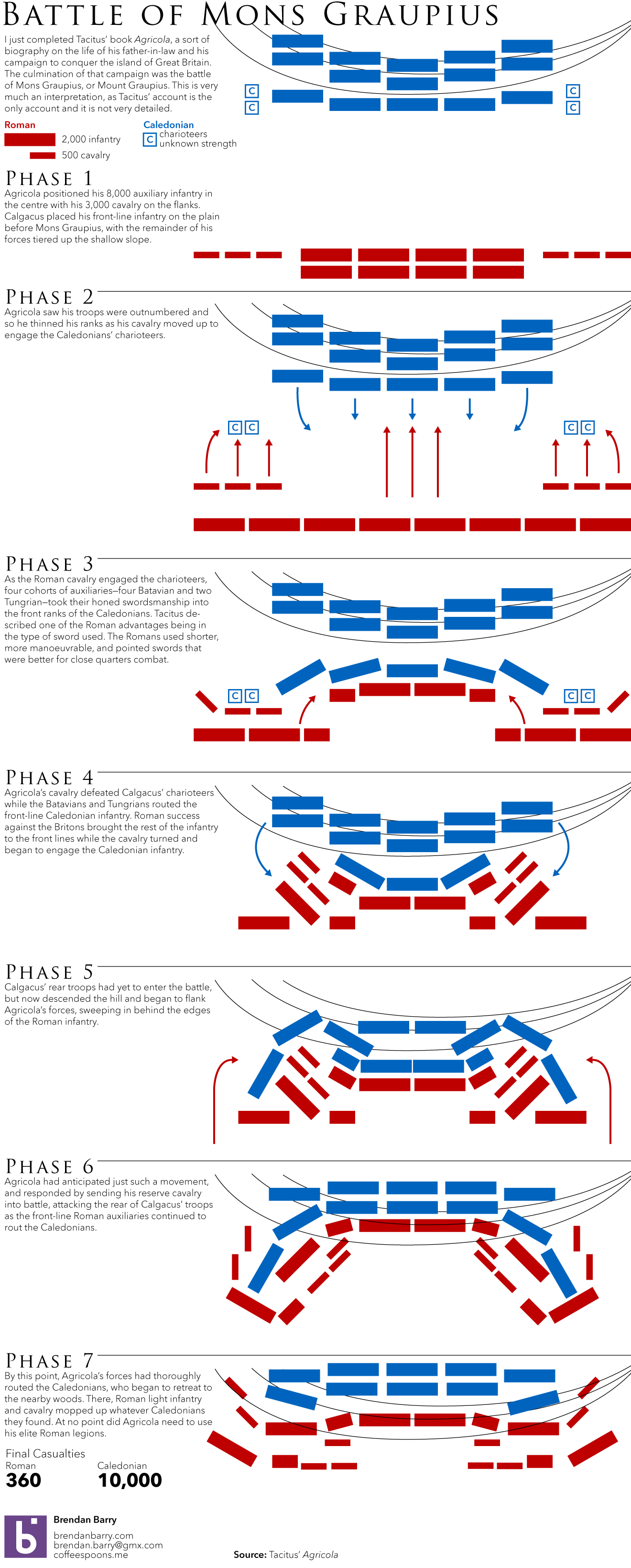Tuesday I posted my late-night work on Amtrak No. 188’s derailment, (now with a few minor updates, including the speed information released this afternoon) so you could all get a sense of what happened yesterday. Of course, in the last 24 hours, we have seen a lot of news outlets covering the story.
The New York Times has a nice piece mapping out the details of the accident. Of particular interest, they included a map showing the parts of the Northeast Corridor equipped with positive train control. That is a system designed to prevent trains from exceeding their speed limits.
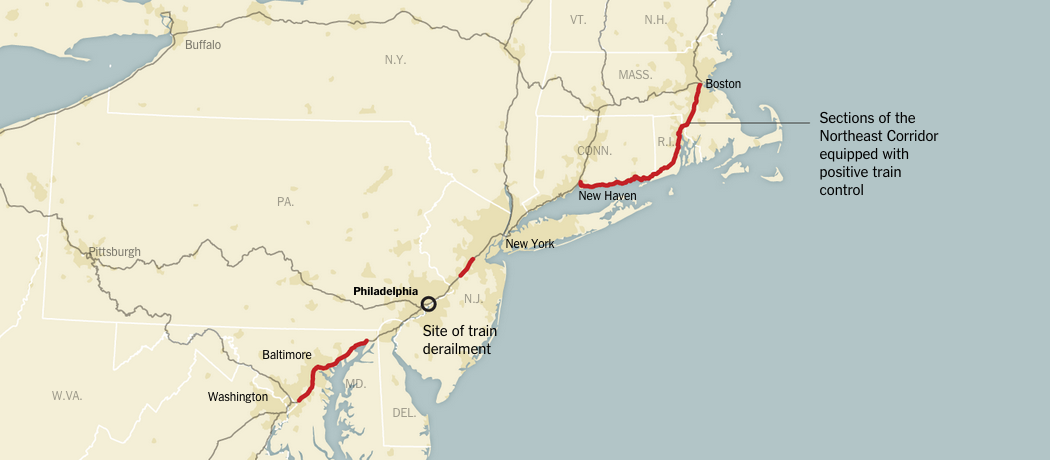
The Washington Post has two nice pieces. The first, below, incorporates both illustration to simplify the wreck site for the audience and then photographs to provide context of just how destroyed some of the train cars are, the first in particular.
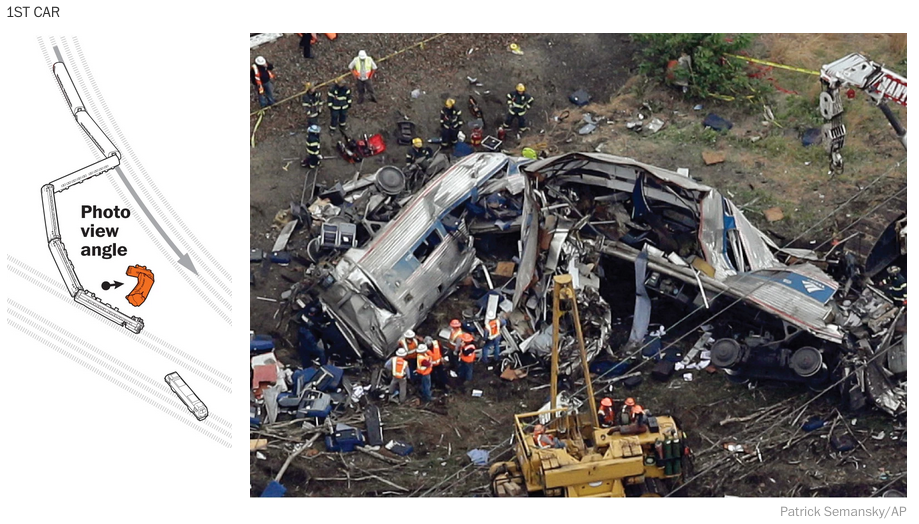
The Post, however, also has a supplemental piece that looks at Amtrak’s accidents over the last ten years. This is the most data-centric piece of all that we are looking at, but that is okay. Most of the story is not reliant on data, but rather illustrations and diagrams trying to piece everything together.

Lastly, the BBC has an article with several small graphics looking at US train risks. Spoiler, American trains, while safe, are far less safe than those in Europe and Asia. Here, though, the map looks at accidents along the Northeast Corridor.
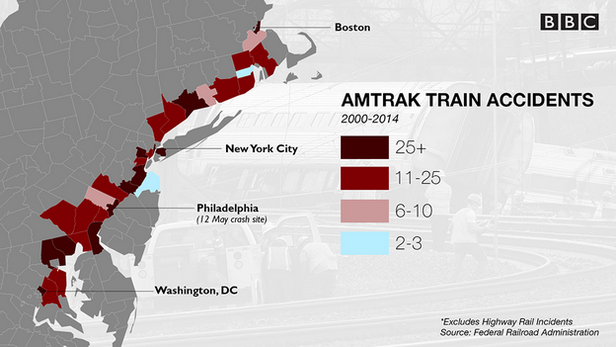
Credit for the New York Times piece goes to Gregor Aisch, Larry Buchanan, Bill Marsh, Haeyoun Park, Sergio Peçanha, Julie Shaver, Joe Ward, and Karen Yourish.
Credit for the Washington Post piece on the derailment goes to Bonnie Berkowitz, Patterson Clark, Alberto Cuadra, Todd Lindeman, Denise Lu, Katie Park, and Gene Thorp.
Credit for the Washington Post piece on Amtrak accidents goes to Dan Keating and Lazaro Gamio.



